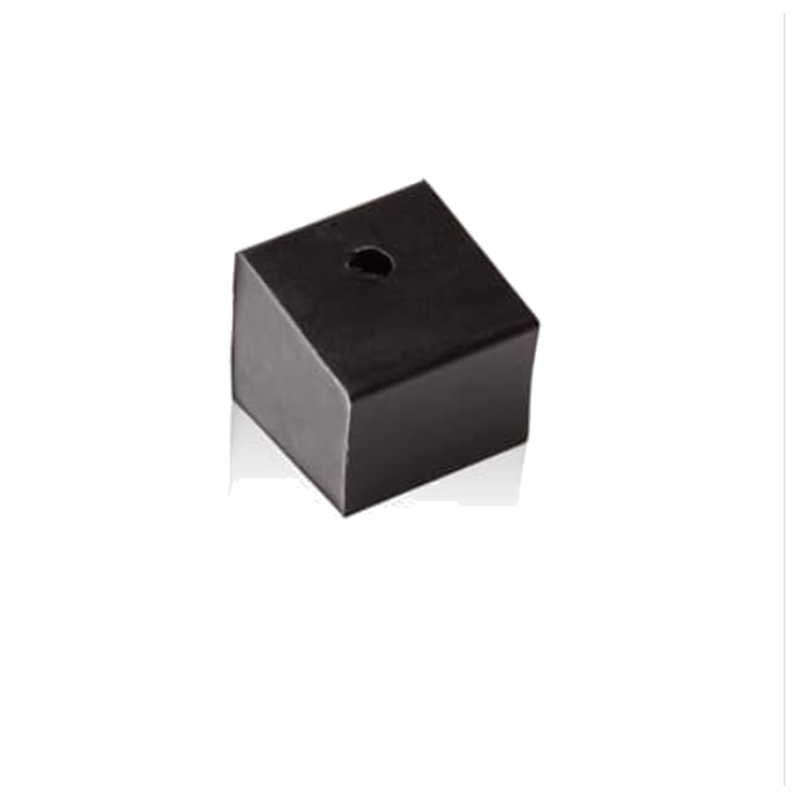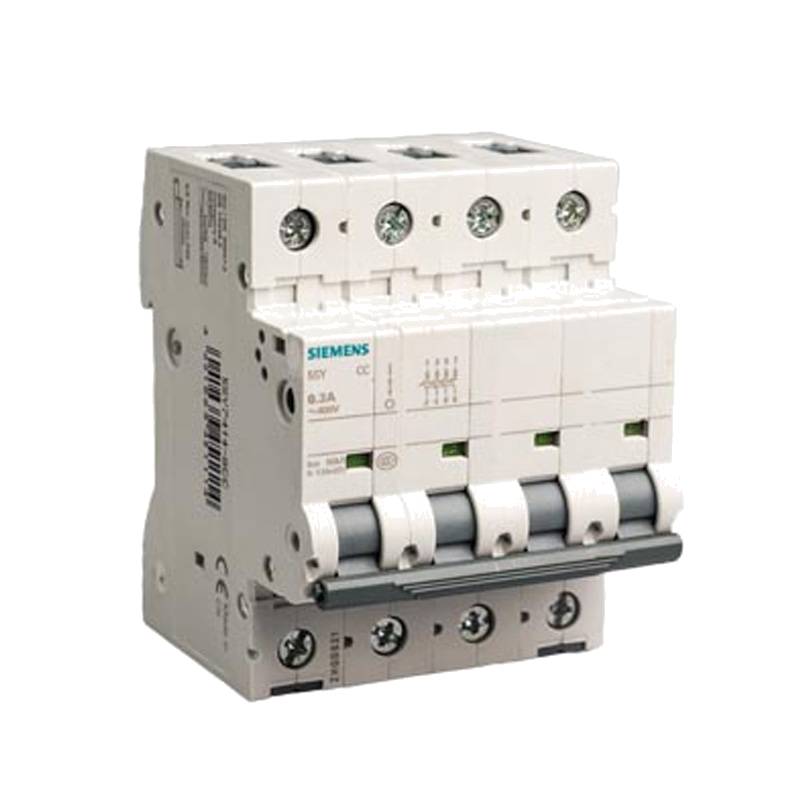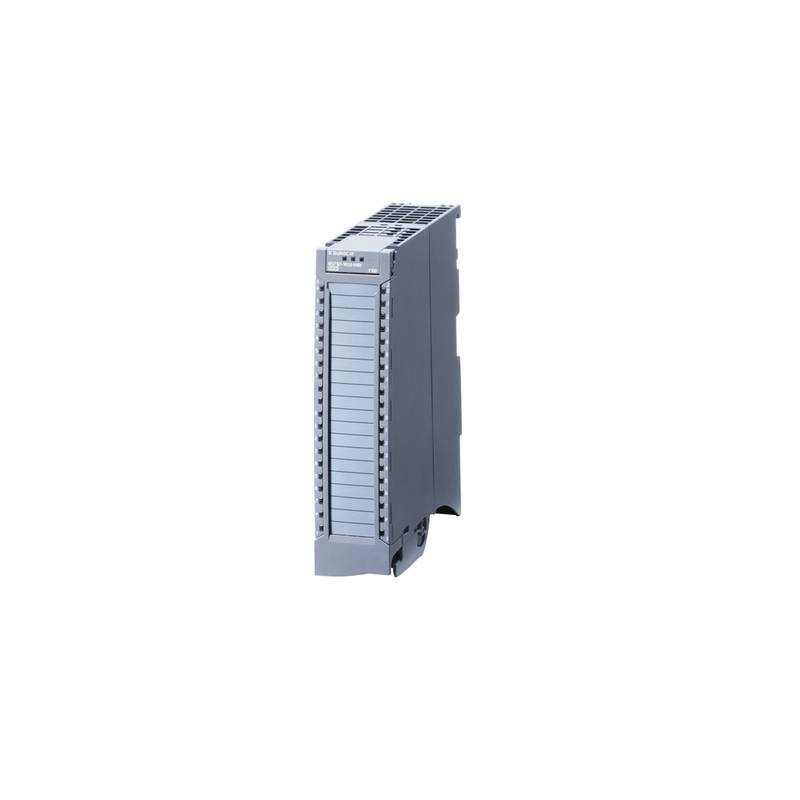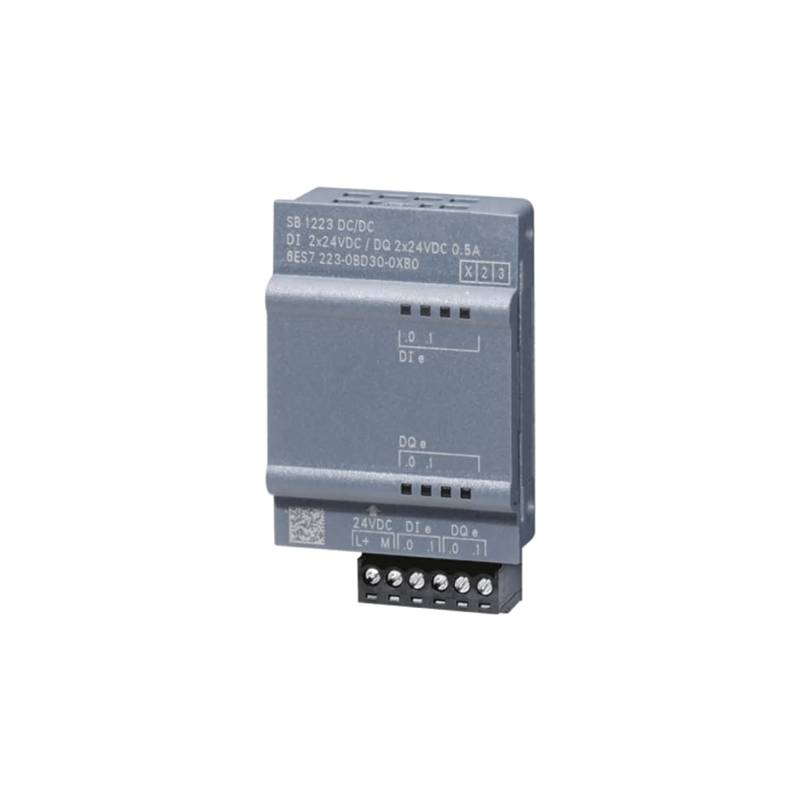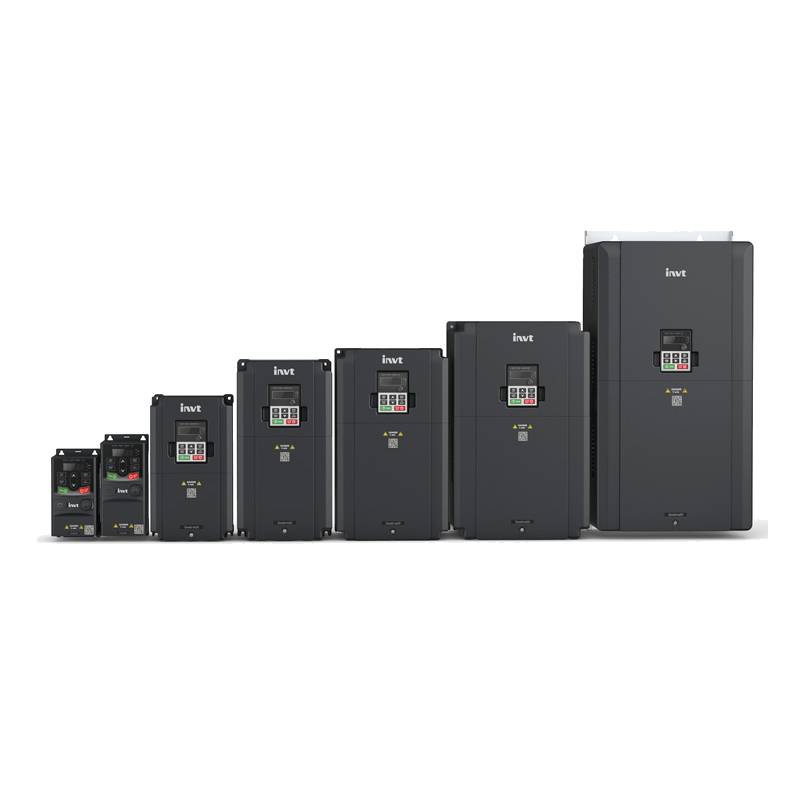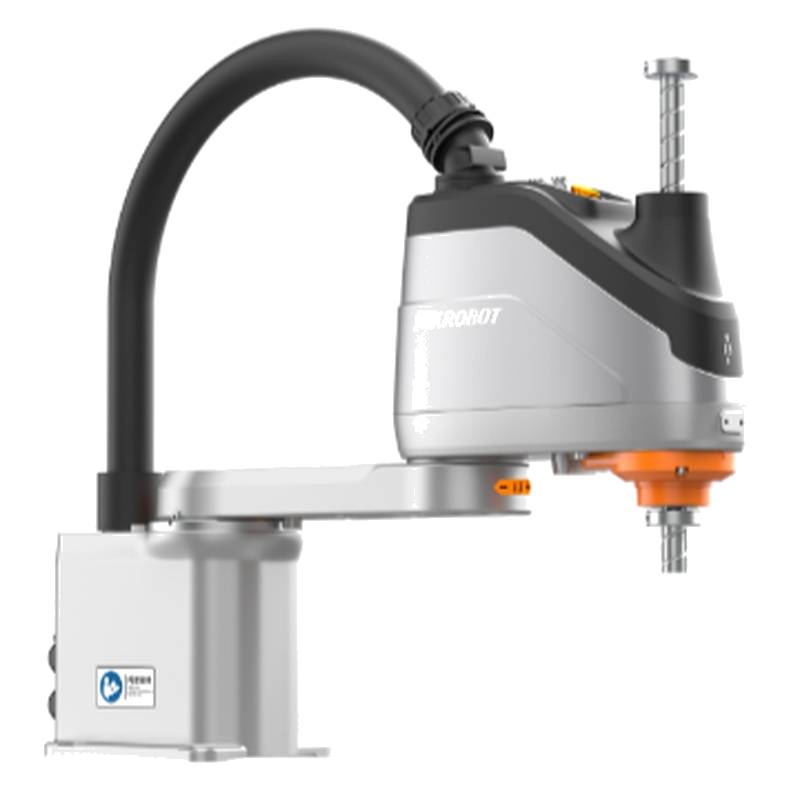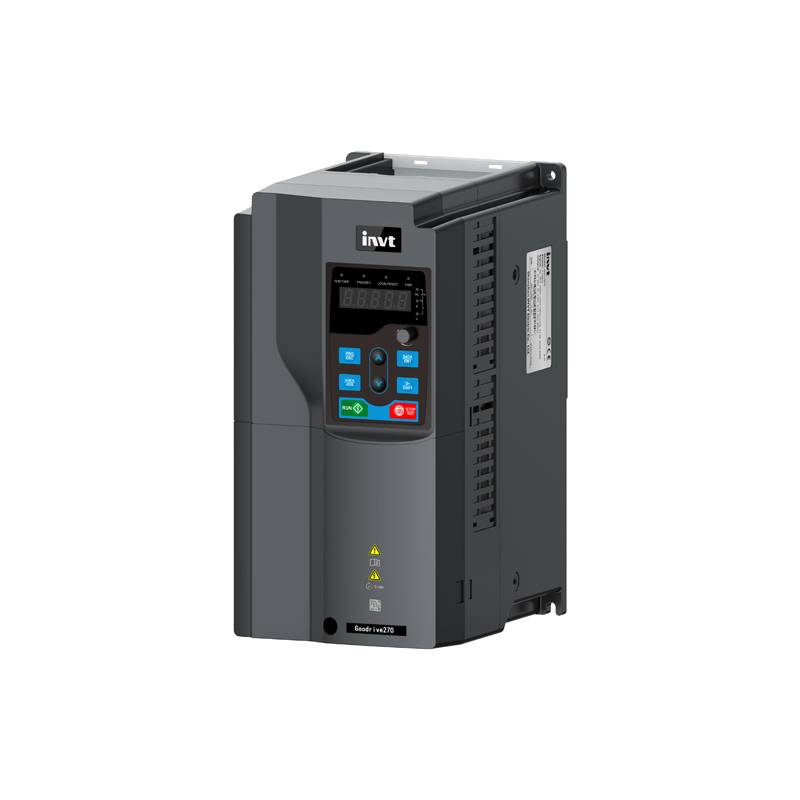
The ABB 3HAB3808-1 Manipulator Arm Shock Absorption Damper is a critical spare part designed to enhance the operational longevity and precision of ABB robot manipulators. This damper plays a pivotal role in absorbing kinetic energy generated during rapid robot movements, thereby reducing mechanical stress and vibration. Key advantages include significantly extended component lifespan, improved positional accuracy, and a reduction in overall maintenance requirements. Core features encompass robust construction for industrial environments, precise damping characteristics tailored for ABB manipulator dynamics, and straightforward integration as a direct replacement part. Technical parameters such as its damping coefficient, operational temperature range, and compatibility with specific ABB robot models are crucial for optimal performance.
Product Specifications
| Parameter | Specification |
| :--------------------- | :---------------------------------- |
| Part Number | 3HAB3808-1 |
| Product Type | Manipulator Arm Shock Absorption Damper |
| Compatibility | Specific ABB Robot Manipulators |
| Material | High-durability industrial polymers |
| Operating Temperature | -20°C to +70°C |
| Damping Medium | Specialized hydraulic fluid |
| Mounting Type | Direct replacement |
Core Features & Market Positioning
The ABB 3HAB3808-1 distinguishes itself through its engineered design specifically for ABB's proprietary manipulator kinematics. Unlike generic damping solutions, this component is calibrated to mitigate resonant frequencies inherent in high-speed robotic operations, a crucial differentiator in precision manufacturing. Its market positioning is that of an essential, high-reliability spare part, ensuring minimal downtime and maintaining the peak performance of valuable robotic assets. The integration of advanced damping materials and seals contributes to its superior performance in demanding industrial settings, resisting degradation from contaminants and temperature fluctuations. This focus on precision and durability makes it the go-to solution for maintaining the integrity of ABB robotic systems where accuracy and operational stability are paramount.
Key Application Scenarios
This shock absorption damper is indispensable in a wide array of industrial automation applications where ABB robots are deployed. It is particularly critical in high-cycle applications such as pick-and-place operations, material handling, and assembly lines that demand rapid, repetitive movements. In welding and cutting applications, it helps to minimize vibration transmission to the torch or tool, ensuring consistent weld quality and precise cut geometry. Furthermore, in applications involving delicate object manipulation, such as in the electronics or pharmaceutical industries, the damper's ability to smooth out movements contributes to preventing damage to workpieces. Its role extends to environments requiring sustained accuracy over extended periods, safeguarding the robot's joint mechanics from premature wear.
Practical System Integration Guidance
Integrating the ABB 3HAB3808-1 damper typically involves a direct replacement procedure for the existing or worn-out damper unit on the specified ABB robot manipulator arm. The process generally requires safely de-energizing and securing the robot arm to prevent unintended movement. Removal of the old damper usually involves unfastening retaining bolts or clamps. Before installing the new 3HAB3808-1, it is advisable to inspect the mounting surfaces for any debris or damage. The new damper should then be securely fastened according to the torque specifications outlined in the robot's service manual. While this damper is a mechanical component, ensuring the robot's control system recognizes its presence and functions as expected is implicit for optimal performance and safety.
Operation and Risk Mitigation
Proper operation of the ABB 3HAB3808-1 damper relies on its continuous engagement with the robot's dynamic movements. Its primary function is to dissipate energy, thereby preventing shock loads from reaching sensitive robot joints and actuators. A critical risk associated with a failing damper is increased vibration, which can lead to accelerated wear on other robot components, potentially causing premature mechanical failure and necessitating costly repairs. Regular inspection for signs of leakage, unusual noise, or reduced damping effectiveness is crucial for proactive risk mitigation. If a damper shows signs of wear or damage, it should be replaced immediately to avert potential system failures and maintain operational safety.
Scalability & Long-Term Value
The long-term value of the ABB 3HAB3808-1 lies in its role as a preventative maintenance component, safeguarding the significant investment in ABB robotic systems. By preserving the integrity of the manipulator arm's mechanical structure, it extends the overall operational life of the robot, delaying the need for complete robot replacement. Compatibility with current and potentially future iterations of compatible ABB robot models ensures that this spare part maintains its relevance. While not a digital component itself, its contribution to stable and precise robotic operation indirectly supports integration with Industrial Internet of Things (IIoT) initiatives by ensuring the foundational mechanical reliability required for advanced data acquisition and predictive maintenance strategies.
FAQs
What is the primary function of the ABB 3HAB3808-1 damper?
The 3HAB3808-1 damper absorbs shock and vibration. It reduces stress on robot arm components during rapid movements. This extends the lifespan of the manipulator.
It acts as a crucial buffer, dissipating kinetic energy generated by the robot. This ensures smoother motion and greater positional accuracy. It's essential for maintaining precision.
By mitigating mechanical shocks, this part prevents premature wear and tear. This leads to reduced maintenance costs and less unplanned downtime for ABB robots.
How do I know if the ABB 3HAB3808-1 damper needs replacement?
Observe for increased vibrations or unusual noises during robot operation. These are primary indicators of a worn damper. Listen for grinding or knocking sounds.
Check for visible signs of damage or fluid leakage from the damper unit. Any physical compromise suggests it's not functioning correctly. Inspect seals and housing.
Reduced positional accuracy or inconsistent movement patterns can also signal damper failure. The robot may struggle to hold its position precisely. Monitor performance metrics.
What are the technical specifications of the 3HAB3808-1?
This damper is designed for specific ABB robot manipulator arms. Its part number is 3HAB3808-1. It is a direct replacement part.
It is constructed from high-durability industrial polymers. It operates effectively within a temperature range of -20°C to +70°C. It uses specialized hydraulic fluid.
The damper's primary role is shock absorption. Its specific damping coefficient is engineered for ABB kinematics. This ensures optimal performance.
Can the 3HAB3808-1 be used on any ABB robot?
No, the 3HAB3808-1 is specific to certain ABB robot models. Compatibility must be verified before purchase and installation. Always check the robot's service manual.
ABB designs these dampers for particular manipulator arm configurations. Using an incompatible part can lead to poor performance or damage. It is engineered for precise kinematic needs.
Refer to the ABB documentation for your robot model to confirm if the 3HAB3808-1 is the correct spare part. This ensures proper fit and function. This prevents operational issues.
What is the typical lifespan of an ABB 3HAB3808-1 damper?
The lifespan varies greatly depending on robot usage and application. High-cycle applications may require more frequent replacement. Factors include speed and load.
Under normal operating conditions, these dampers are engineered for longevity. However, extreme temperatures or harsh environments can shorten their life. Regular inspections are key.
Preventative maintenance schedules, as recommended by ABB, should guide replacement intervals. Proactive replacement avoids unexpected failures. This ensures consistent performance.
Are there any safety precautions when installing the 3HAB3808-1?
Always ensure the robot is fully powered down and de-energized before starting. Lockout/tagout procedures are mandatory to prevent accidental startup. Safety first.
Secure the robot arm properly to prevent any movement during the damper replacement. Use appropriate lifting or bracing equipment if necessary. Avoid unexpected motion.
Wear personal protective equipment (PPE) such as safety glasses and gloves. Handle the damper and associated tools with care to prevent injury. Follow all site safety rules.
What happens if the ABB 3HAB3808-1 damper fails completely?
Complete failure can lead to severe vibrations throughout the robot arm. This can cause damage to other sensitive robot components. It increases wear on joints.
Positional accuracy will be significantly compromised. The robot may not be able to perform tasks requiring precision. This can lead to product defects.
There is an increased risk of sudden mechanical failure of the arm. This could result in dangerous situations and extensive damage. It jeopardizes operational safety.
Where can I purchase an ABB 3HAB3808-1 damper?
You can purchase the 3HAB3808-1 from authorized ABB distributors and robotic automation solution providers. These channels ensure genuine parts. Verify their authorization.
Online industrial parts marketplaces also list this damper. Ensure the seller is reputable and can provide authenticity. Check reviews and warranty information.
Contact ABB directly for guidance on authorized resellers in your region. They can direct you to official channels. This ensures you receive authentic parts.
What is the difference between this damper and other shock absorbers?
The 3HAB3808-1 is specifically engineered for ABB robot manipulator dynamics. Its damping characteristics are precisely tuned. It's not a generic solution.
It is designed for the specific stresses and movement patterns of ABB robots. This ensures optimal performance and component protection. Generic parts may not match these requirements.
This ensures seamless integration and maintains the robot's intended performance envelope. It is a factory-approved component for critical applications. Its design is optimized.
How does this damper contribute to overall robot system efficiency?
By reducing vibrations, it ensures consistent and accurate movements. This improves the quality and yield of automated processes. It enhances precision.
It minimizes wear on the robot's mechanical joints and actuators. This leads to less downtime for maintenance and repairs. Increased uptime boosts productivity.
A well-functioning damper allows the robot to operate at its designed speeds and accelerations more reliably. This maximizes the throughput of the production line. It supports peak performance.














